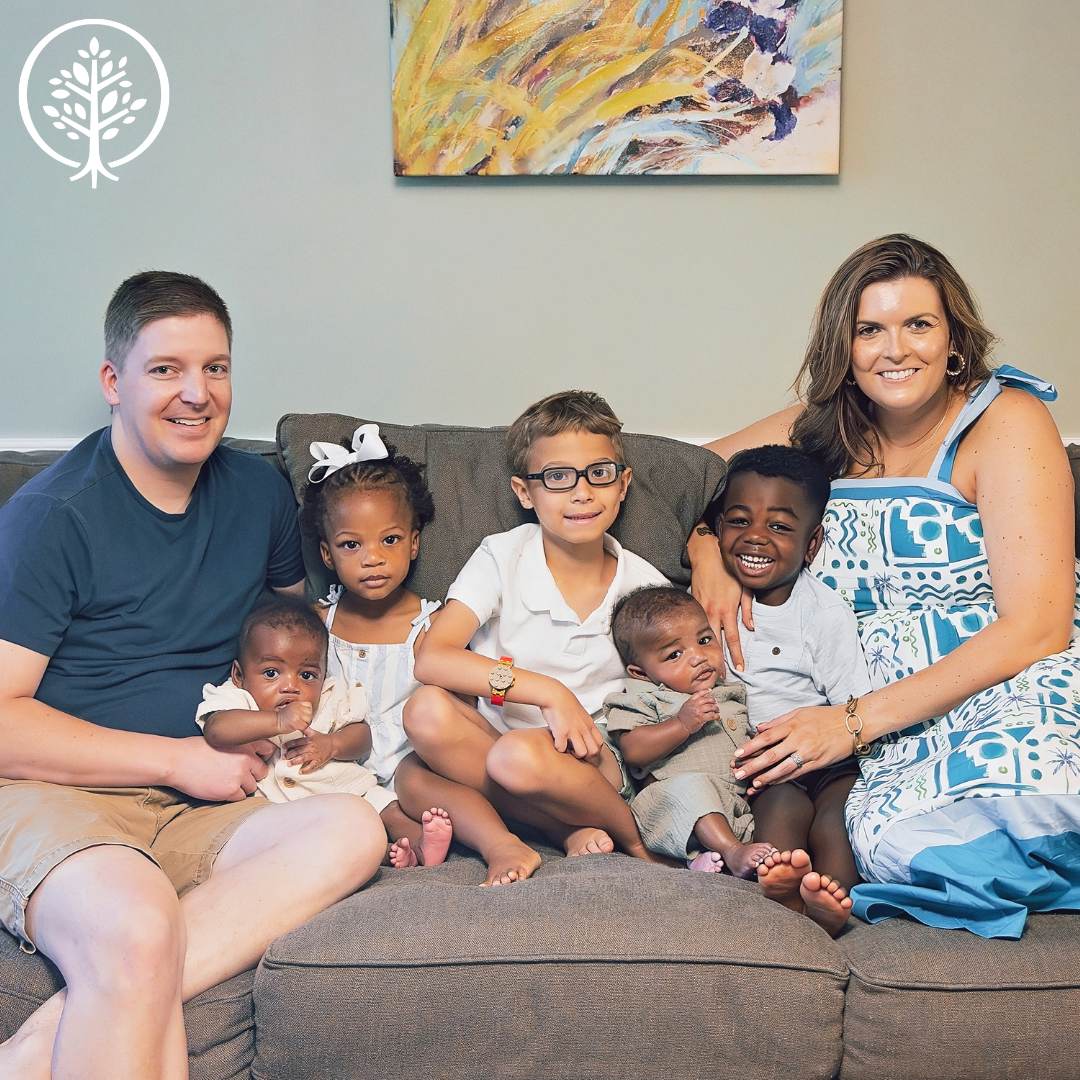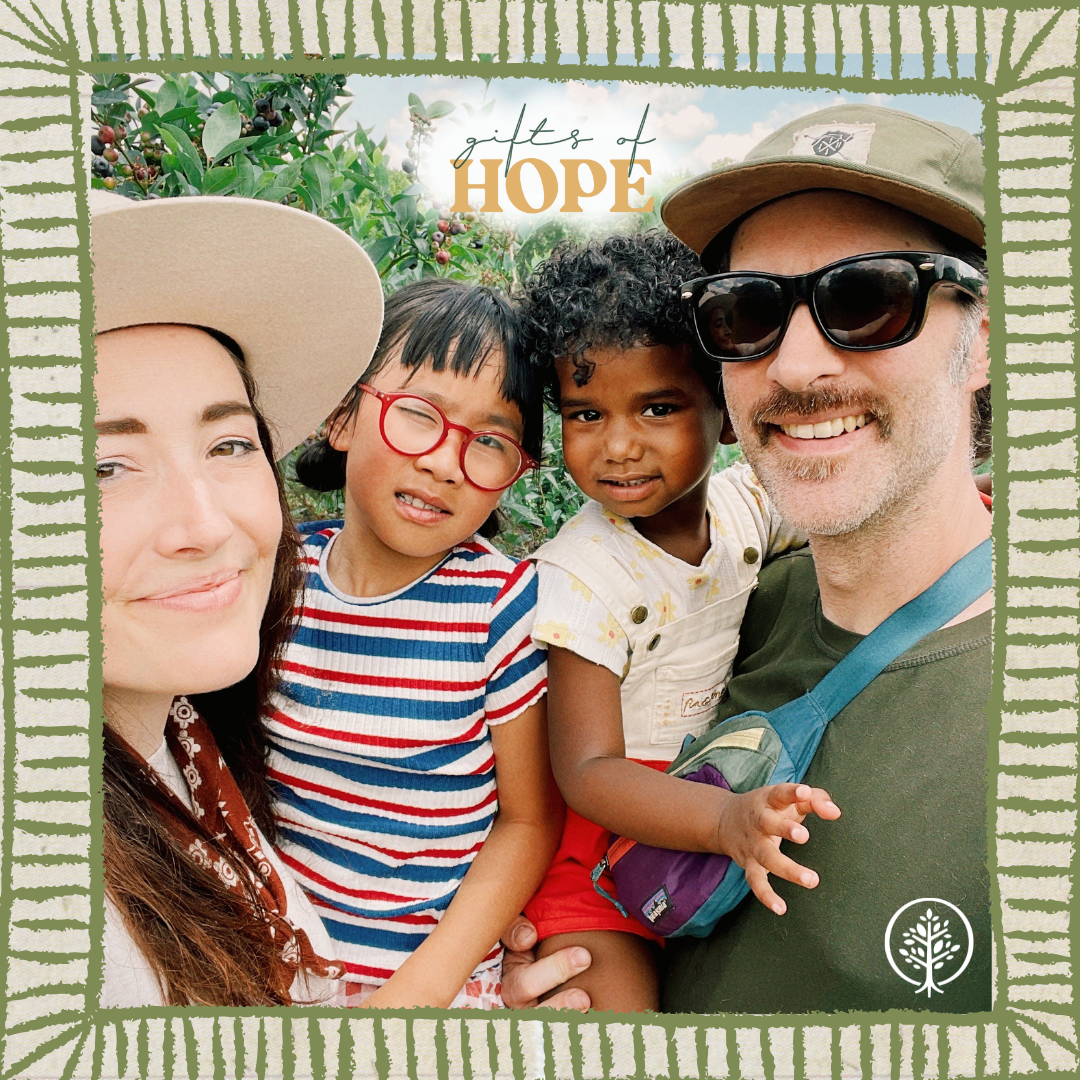Recent Stories

Meet Kari Baragrey
When Kari Baragrey first learned about Trust-Based Relational Intervention® (TBRI®), she was seeking help for meeting the needs of her son, admitting she knew they weren’t dealing with anything they would be able to solve on their own. When Kari came across TBRI, she found there was only one TBRI-trained therapist in Michigan, where she…
Meet the Rouse Family
Four years ago, Emily and Justin Rouse began to experience a pull toward adoption for their family. For Emily, adoption had been on her heart for quite some time, with different family members adopting both domestically and internationally. And when the two began dating, Emily raised the question of adoption with Justin, as she knew…
Meet Callie …
High school senior Callie Klepper first discovered Show Hope’s Pause Campaign just a few years ago at a Steven Curtis Chapman concert. Though her family was well-acquainted with Show Hope, Callie was still unfamiliar with Pause. “One night, my family went to see SCC in concert. We stopped by the Show Hope table there and…
The Ripple Effect
Walking through an orphanage in India, 5-year-old Cheyenne Stucky witnessed first-hand the vast need for loving, safe, and permanent families for children who had been orphaned. “I got to go with my parents to get my sister in India, and it really changed my life,” Cheyenne said. “I think it really shaped my worldview from…
Meet the Mannchen Family
Liz Mannchen first felt the pull to adopt when she was 12 years old, with her father explaining what an orphan was. She carried that calling until she met—and eventually—married her husband, Uli. The Mannchens began their journey to serve vulnerable children around the world through missions, and “it was there that both of our…
A Letter From Show Hope’s Founders
Dear Friends, Merriest of Christmases to you and yours! With the year coming to a close, we love that we have the opportunity to celebrate the work of Show Hope with you—all in the Light of our Savior’s birth—Immanuel, God with us. As we read in the Book of 1 John, “We love because he…







